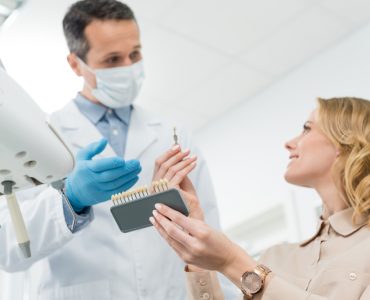Piles, or haemorrhoids in medical terms, occur when blood vessels in the anus and the lower rectum swell. The pressure increases in the blood vessels while passing the stool with strain. This causes swelling and formation of lumps. Initially the symptom is itching only. When it develops, it becomes painful and bleeding could occur. This is not a serious disorder and it cures completely with treatment. This disorder does not have age discrimination. However, this is common in pregnant women and elderly people. Haemorrhoids can occur inside the anus or outside too, in different sizes. External haemorrhoids are known as perianal haematoma. This develops outside the anus at the edge, and is less common.
There are four grades of internal haemorrhoids. Grade one haemorrhoids are small, and appear inside the anus. These develop into grade two haemorrhoids. Grade three haemorrhoids occur outside the anus. These are also known as prolapsed haemorrhoids. Grade four haemorrhoids outside the anus, are somewhat big in size and you cannot push back inside.
External haemorrhoids are small lumps on the outside of anus. These cause itching. It causes much pain if a blood clot is inside. These have to be treated immediately. However, these are rare.
What are the causes of haemorrhoids
The blood vessels in the back passage and rectum may suffer increased pressure, which results in haemorrhoids. The strain exerted while passing a stool causes swelling of blood vessels in and around the rectum and anus. There are also other causes, which include over-weight and constipation. If the constipation is regular, it can cause haemorrhoids. The constipation could be due to lack of fibre content in the intake. Diarrhoea, if it is a prolonged one, can cause haemorrhoids. If you are lifting heavy weights on a regular basis, this can lead to haemorrhoids. Besides all the above, pregnancy could be a cause, as in increases abdominal pressure on blood vessels in the pelvic region. Due to this pressure, the blood vessels swell. This can lead to haemorrhoids. It can occur in elderly people, who are above fifty.
What are the symptoms of haemorrhoids
The symptoms vanish naturally in most of the cases. Many people may not be aware that they have haemorrhoids. However, the symptoms include itchy anus, discomfort, strenuous or painful passing of stool, bleeding or discharge of mucus after passing a stool and a feeling for emptying the bowl. Hard lumps of blood clots can also form around the anus, causing much pain. The presence of blood or mucus in a stool need not necessarily indicate haemorrhoids, and it can be a symptom of some other condition. Therefore, people should consult doctors for knowing the exact reason.
How haemorrhoids are diagnosed
The doctors check for swollen blood vessels in the anus. They get information on loss of weight, change in bowel movements, colour of the stools and presence of blood or mucus in stools. They examine the inner area of rectum with a finger of their gloves-protected hand. They perform a digital rectal examination for internal haemorrhoids. They use anoscope to see the anal canal clearly. They may take a sample tissue from the rectum for lab tests.











